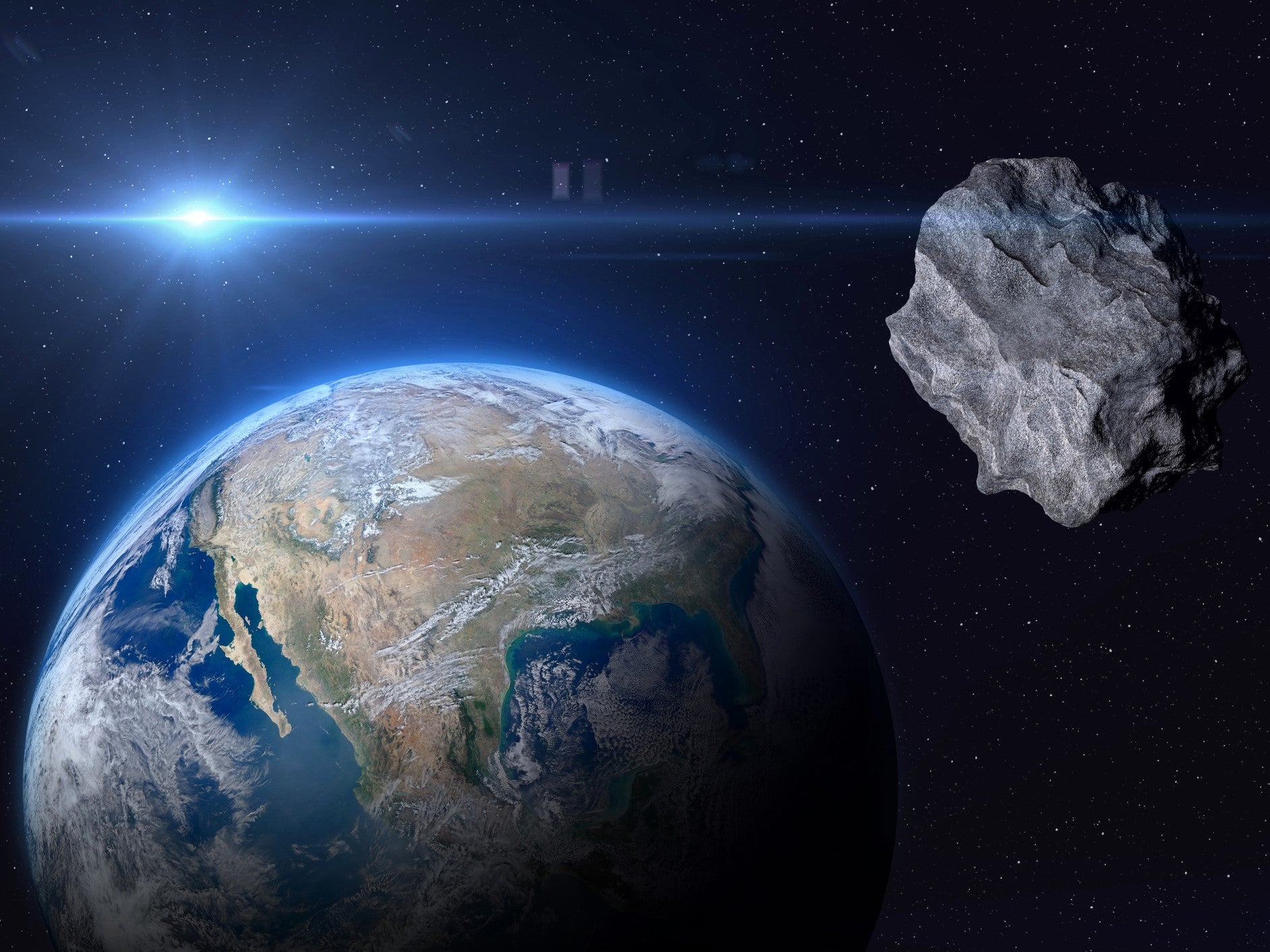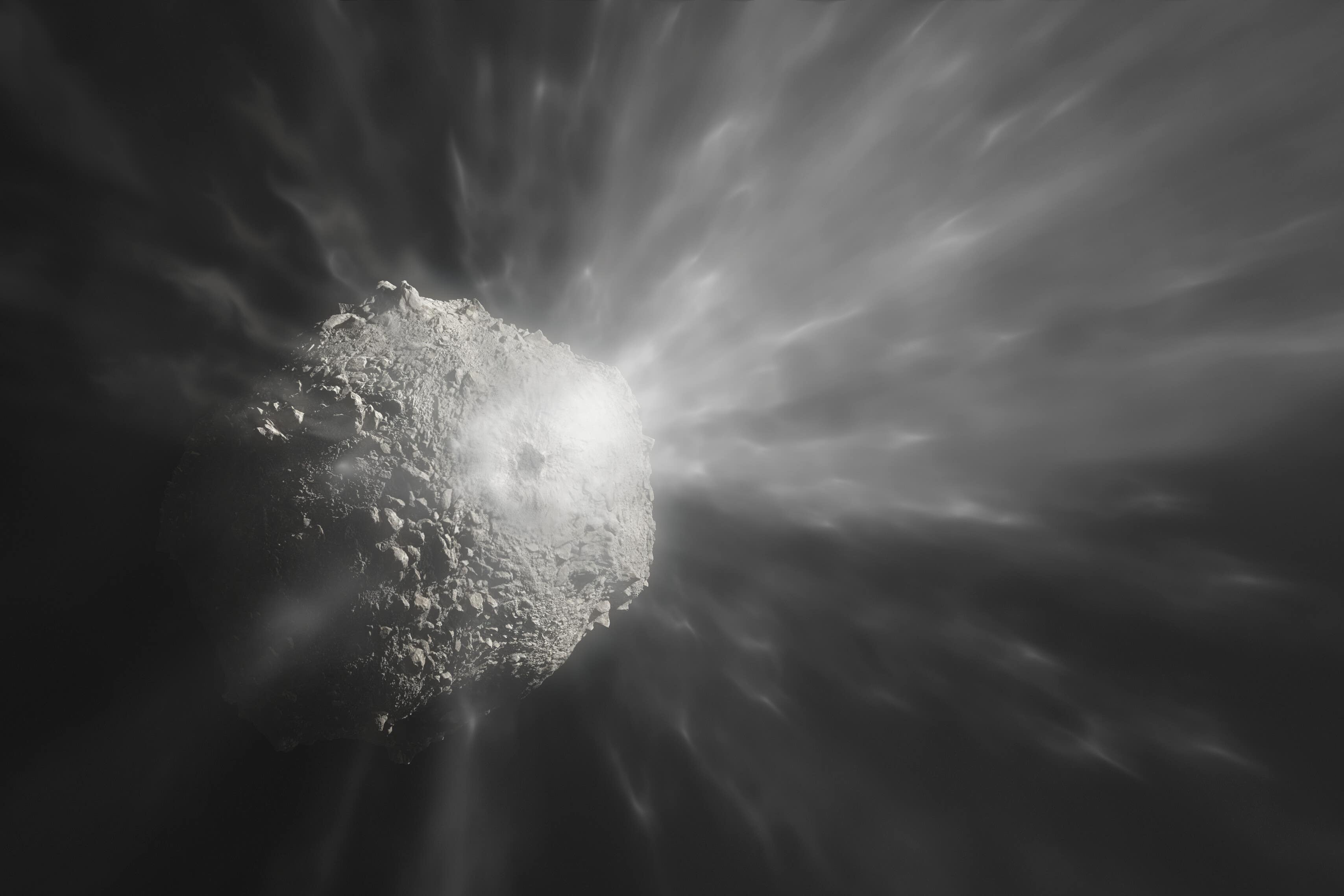Asteroid the size of Blackpool Tower to skim past Earth
Nasa warns asteroid 2013 WV44 will pass close to Earth on Wednesday

Your support helps us to tell the story
From reproductive rights to climate change to Big Tech, The Independent is on the ground when the story is developing. Whether it's investigating the financials of Elon Musk's pro-Trump PAC or producing our latest documentary, 'The A Word', which shines a light on the American women fighting for reproductive rights, we know how important it is to parse out the facts from the messaging.
At such a critical moment in US history, we need reporters on the ground. Your donation allows us to keep sending journalists to speak to both sides of the story.
The Independent is trusted by Americans across the entire political spectrum. And unlike many other quality news outlets, we choose not to lock Americans out of our reporting and analysis with paywalls. We believe quality journalism should be available to everyone, paid for by those who can afford it.
Your support makes all the difference.Nasa is tracking a “potentially hazardous” asteroid that is set to pass Earth on Wednesday.
The huge rock, named 2013 WV44, measures 160 metres in diameter, making it roughly the same length as Blackpool Tower.
The US space agency’s Centre for Near-Earth Object Studies estimates the asteroid will pass within 3.3 million kilometres of Earth, which is relatively close in terms of celestial objects but poses no threat to Earth.
The asteroid was first observed in 2013, with astronomers noting that it travels at 11.8km per second – roughly 34 times the speed of sound.
It will make its closest approach to Earth at 9am BST on Wednesday, 28 June.
Nasa and other space agencies are currently tracking hundreds of other potentially hazardous objects that could pose a threat to life on Earth, though the difficulty of spotting them means some are not seen until right before impact.
In February, a small asteroid measuring 1 metre in diameter was detected just seven hours before it entered the Earth’s atmosphere over northwestern France.
“Most Near-Earth Objects (NEOs) pose no peril at all,” Nasa’s Jet Propulsion Laboratory noted in a recent blog post.
“Scientists and engineers are developing plans for warning systems and diversion tactics, just in case an asteroid should ever be found in an orbit that could endanger our planet.”

One of these diversion tactics was tested last year during Nasa’s Double Asteroid Redirection Test (DART) mission, which saw a spacecraft deliberately collide with the Dimorphos asteroid in order to alter its trajectory.
It was the first ever test of a planetary defence system and marked the first time that humanity has changed the motion of an asteroid or any celestial body.
Following the mission, Nasa said that insights from the DART craft would help scientists prepare for any potentially deadly asteroids in the future that could threaten life on Earth.
“We have the technology now to do this,” Nasa’s Planetary Defense Officer Lindley Johnson said following the event. “To find these objects, years, decades, even a century before they pose an impact threat to the earth.”

Join our commenting forum
Join thought-provoking conversations, follow other Independent readers and see their replies
Comments